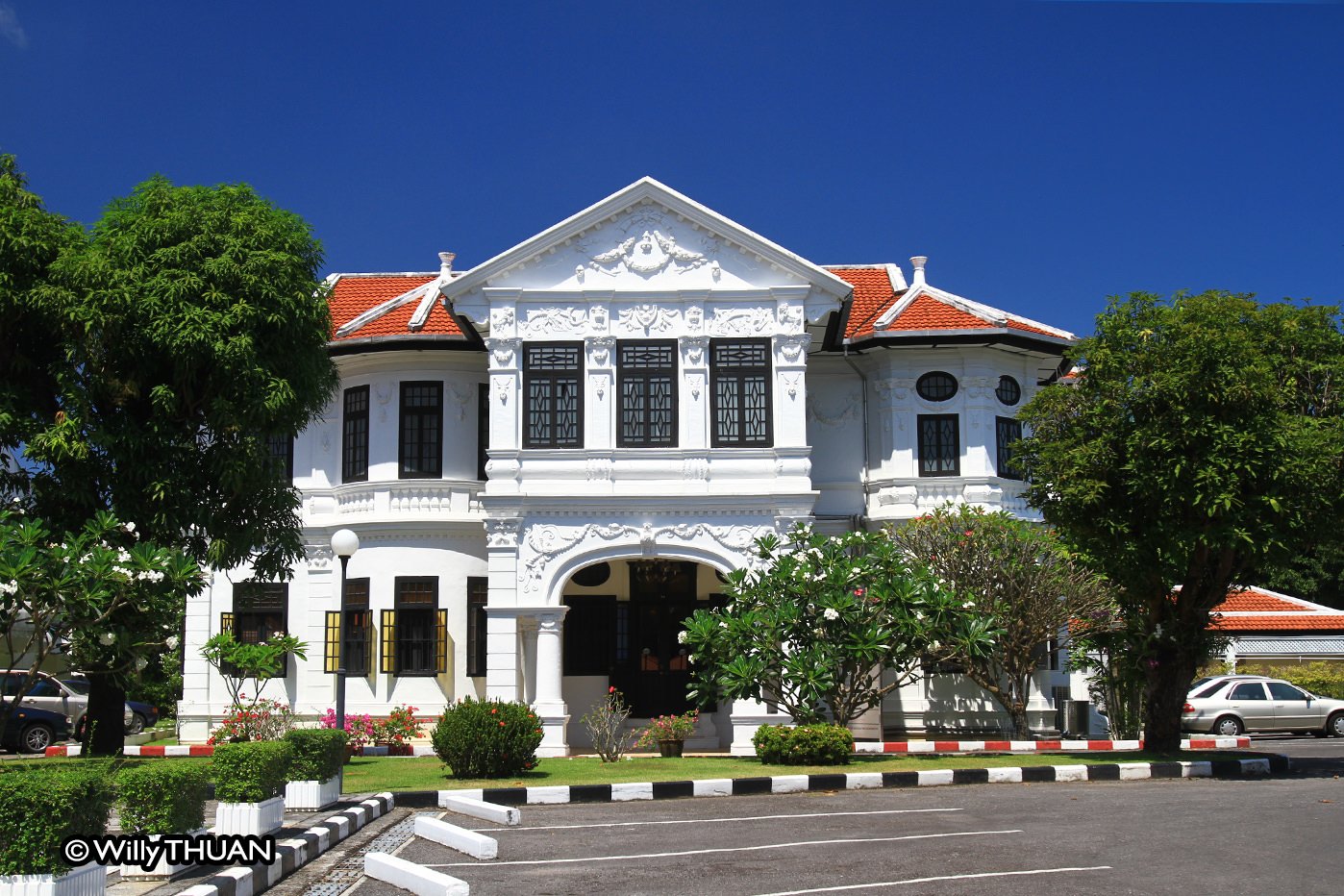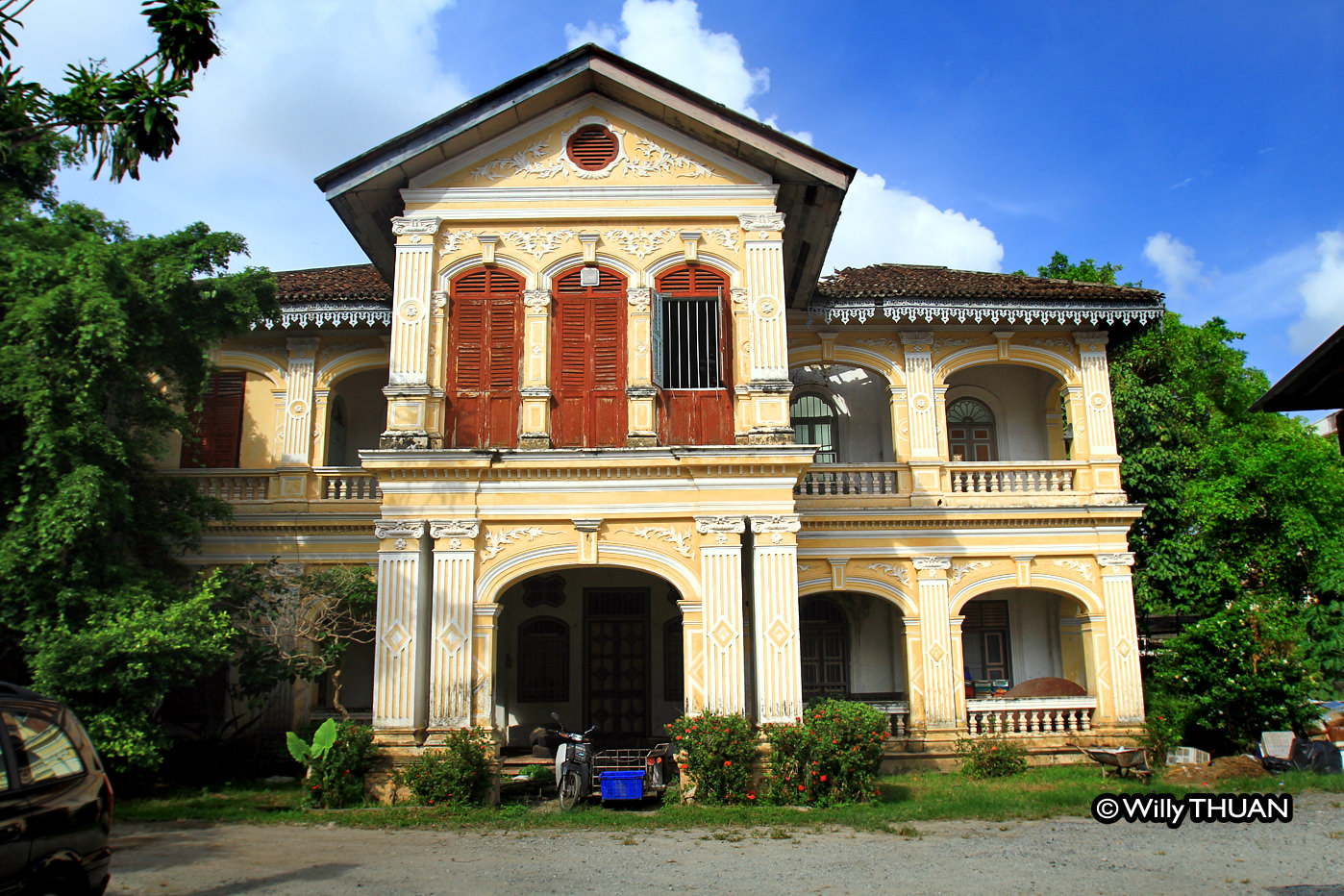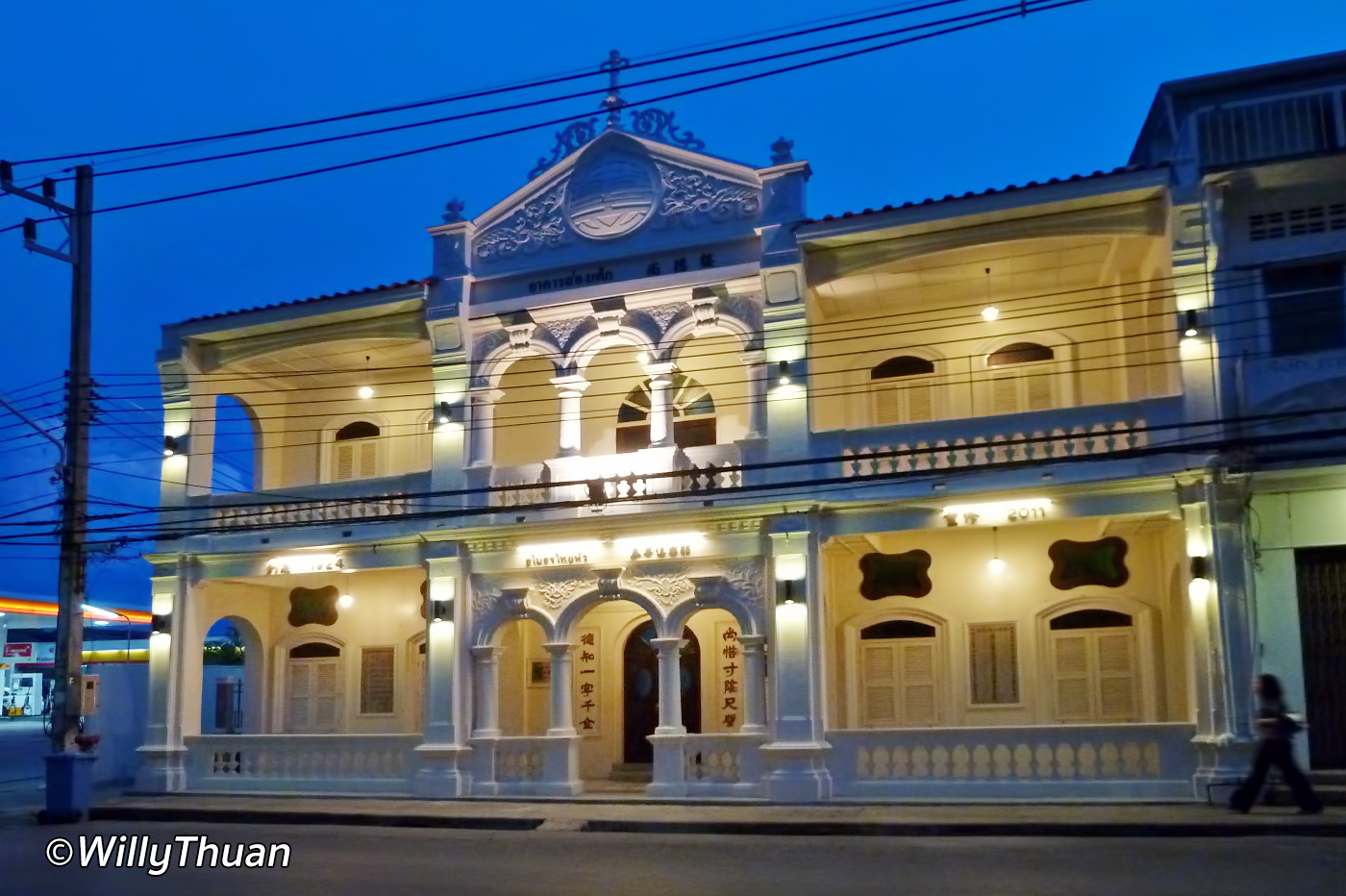Phra Aram Sakhonkhet Mansion
Phra Aram Sakhonkhet Mansion is a historic Sino-Portuguese building located in Phuket Old Town. Its beautifully renovated white exterior distinguishes it and represents an important part of Phuket’s architectural heritage.




















